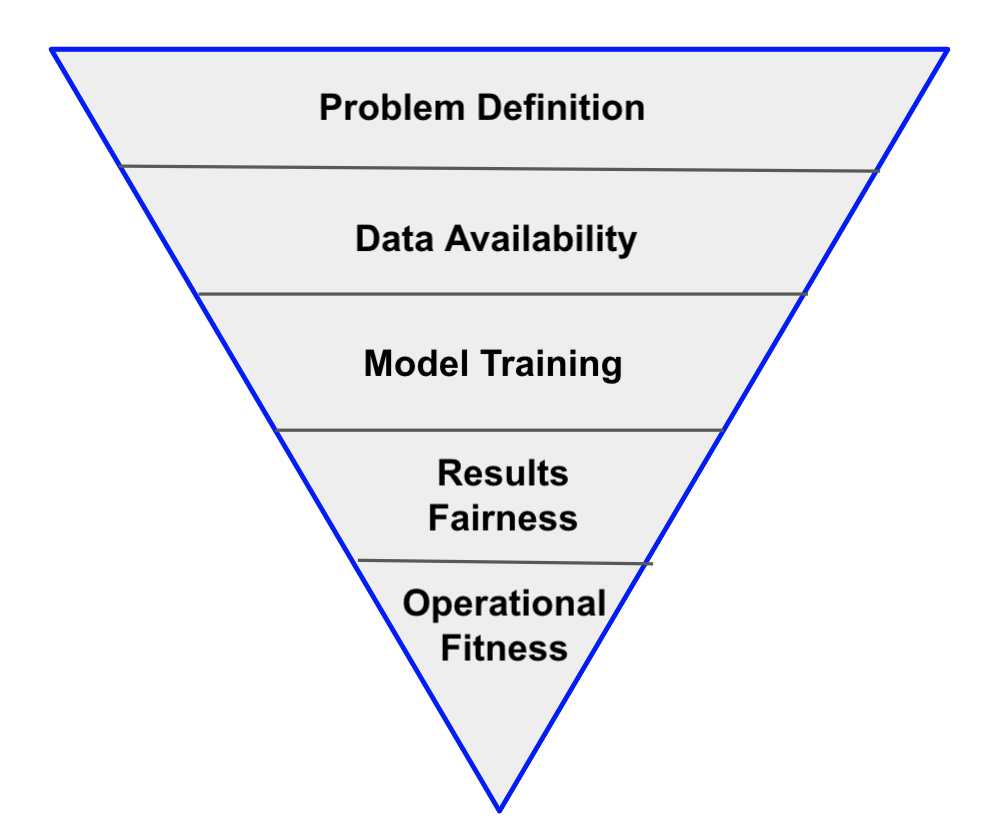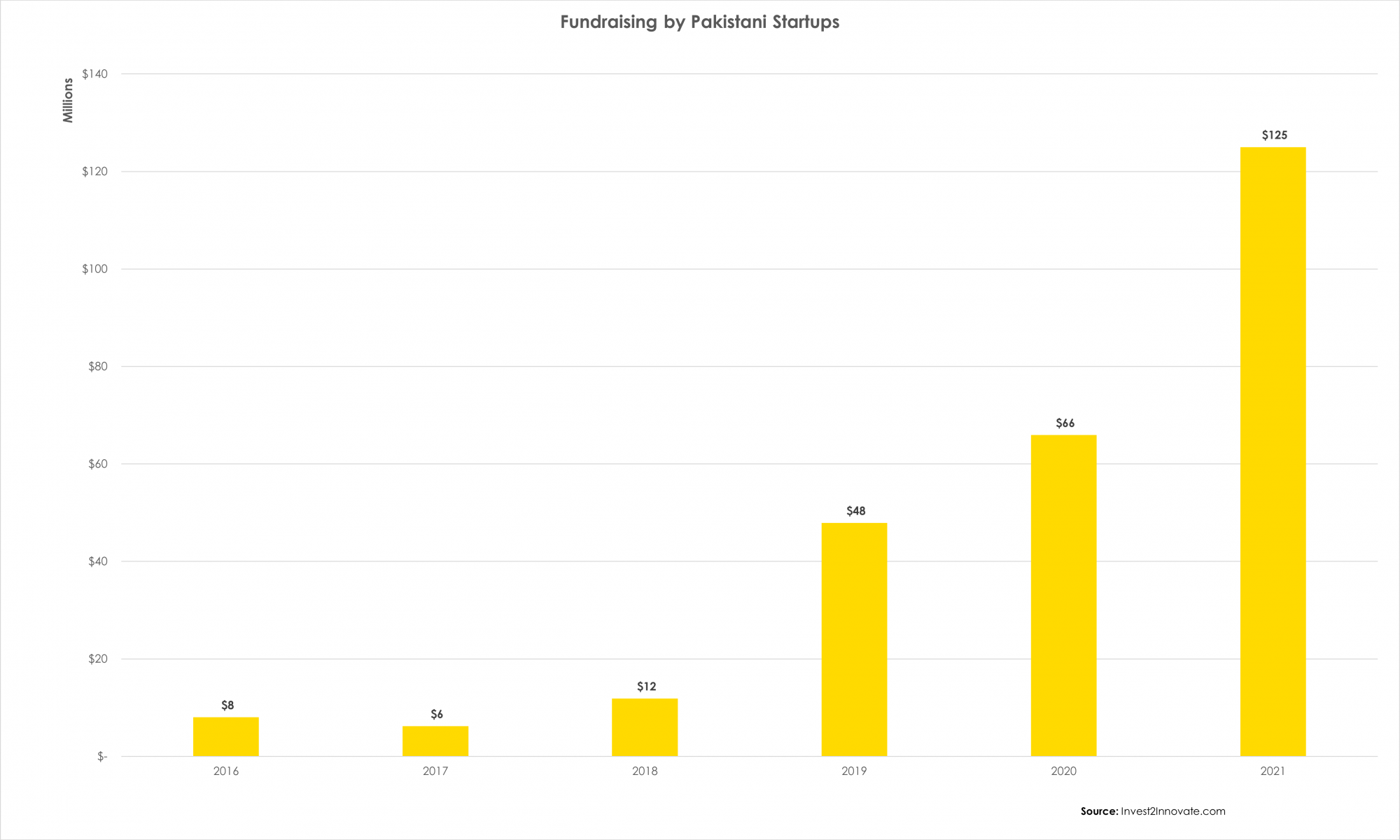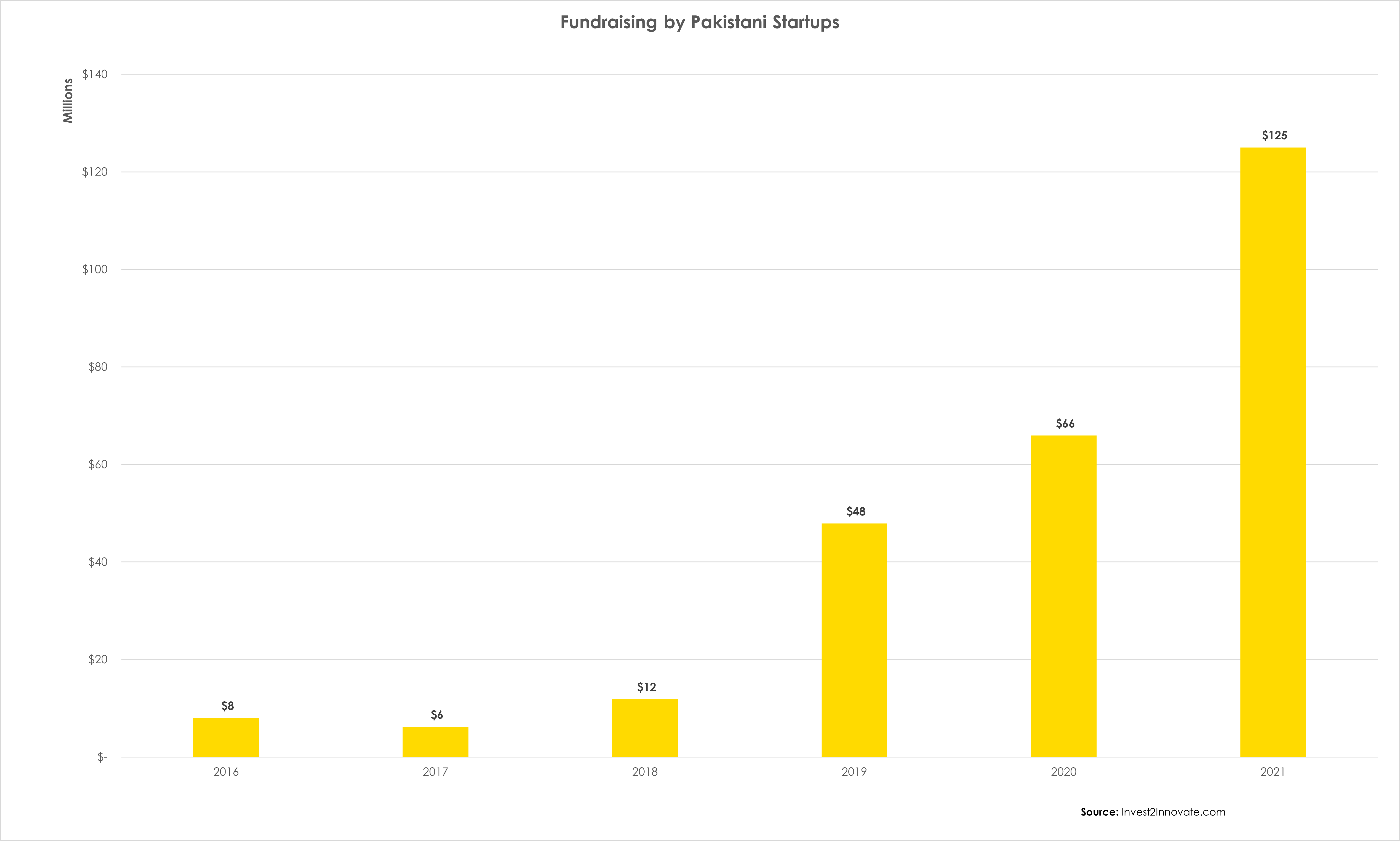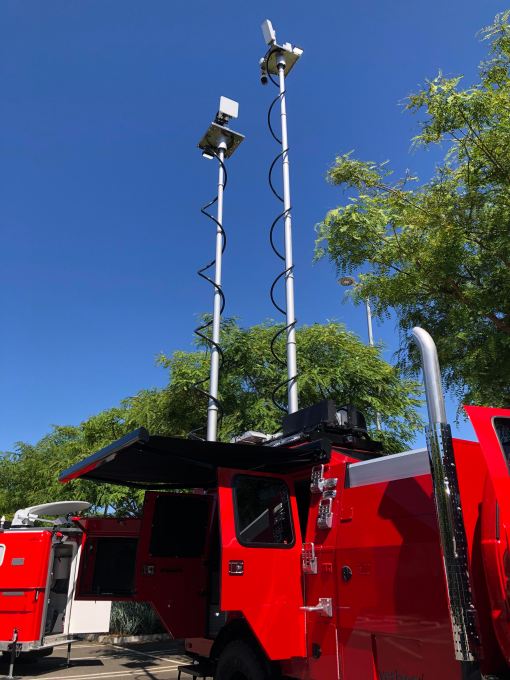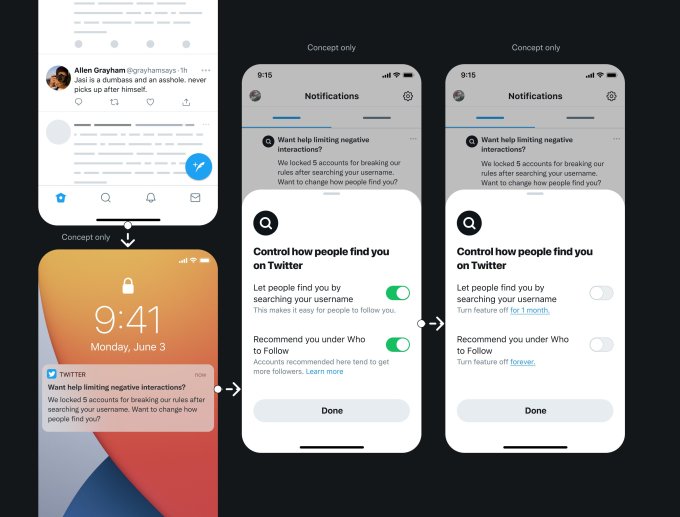Understanding what you will change is most important to achieve a long-lasting and successful robotic process automation transformation. There are three pillars that will be most impacted by the change: people, process and digital workers (also referred to as robots). The interaction of these three pillars executes workflows and tasks, and if integrated cohesively, determines the success of an enterprisewide digital transformation.
Robots are not coming to replace us, they are coming to take over the repetitive, mundane and monotonous tasks that we’ve never been fond of. They are here to transform the work we do by allowing us to focus on innovation and impactful work. RPA ties decisions and actions together. It is the skeletal structure of a digital process that carries information from point A to point B. However, the decision-making capability to understand and decide what comes next will be fueled by RPA’s integration with AI.
From a strategic standpoint, success measures for automating, optimizing and redesigning work should not be solely centered around metrics like decreasing fully loaded costs or FTE reduction, but should put the people at the center.
We are seeing software vendors adopt vertical technology capabilities and offer a wide range of capabilities to address the three pillars mentioned above. These include powerhouses like UiPath, which recently went public, Microsoft’s Softomotive acquisition, and Celonis, which recently became a unicorn with a $1 billion Series D round. RPA firms call it “intelligent automation,” whereas Celonis targets the execution management system. Both are aiming to be a one-stop shop for all things related to process.
We have seen investments in various product categories for each stage in the intelligent automation journey. Process and task mining for process discovery, centralized business process repositories for CoEs, executives to manage the pipeline and measure cost versus benefit, and artificial intelligence solutions for intelligent document processing.
For your transformation journey to be successful, you need to develop a deep understanding of your goals, people and the process.
Define goals and measurements of success
From a strategic standpoint, success measures for automating, optimizing and redesigning work should not be solely centered around metrics like decreasing fully loaded costs or FTE reduction, but should put the people at the center. To measure improved customer and employee experiences, give special attention to metrics like decreases in throughput time or rework rate, identify vendors that deliver late, and find missed invoice payments or determine loan requests from individuals that are more likely to be paid back late. These provide more targeted success measures for specific business units.
The returns realized with an automation program are not limited to metrics like time or cost savings. The overall performance of an automation program can be more thoroughly measured with the sum of successes of the improved CX/EX metrics in different business units. For each business process you will be redesigning, optimizing or automating, set a definitive problem statement and try to find the right solution to solve it. Do not try to fit predetermined solutions into the problems. Start with the problem and goal first.
Understand the people first
To accomplish enterprise digital transformation via RPA, executives should put people at the heart of their program. Understanding the skill sets and talents of the workforce within the company can yield better knowledge of how well each employee can contribute to the automation economy within the organization. A workforce that is continuously retrained and upskilled learns how to automate and flexibly complete tasks together with robots and is better equipped to achieve transformation at scale.
Source: Tech Crunch


